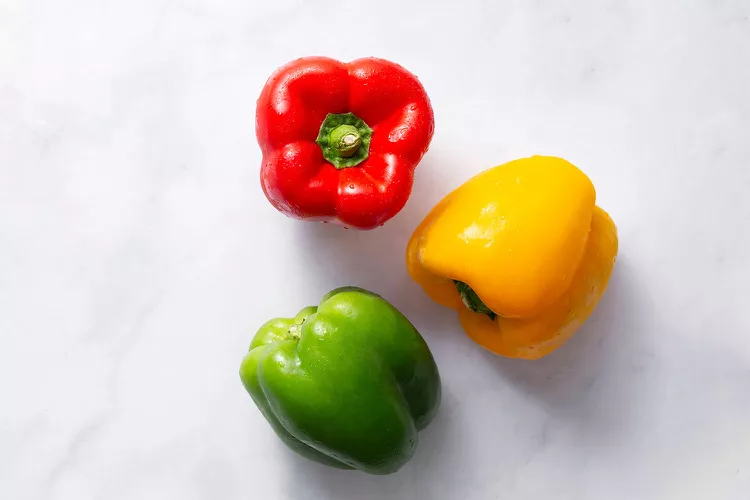- No. 268 Xianghe Street, Economic Development Zone of Xingtai city, Hebei 054001 China
- Byron@hbhongri.cn
Choosing the Best Paprika Seasoning Manufacturer for Quality and Flavorful Products
The Art and Science of Paprika Seasoning Manufacturing
Paprika, a vibrant and flavorful seasoning derived from grinding dried peppers, has a rich history and a significant presence in culinary traditions worldwide. Its versatility extends from enhancing the taste of dishes to adding color and aroma. Recognized for its distinct taste profile, paprika can range from sweet to smoky and hot, making it a favorite among chefs and home cooks alike. The manufacturing of paprika seasoning is a meticulous process that involves cultivation, harvesting, processing, and packaging, ensuring that the final product maintains its quality and flavor.
Cultivation of Paprika Peppers
The journey of paprika begins in the fields where paprika peppers—primarily Capsicum annuum—are cultivated. The choice of variety is crucial, as it directly influences the flavor and color of the paprika produced. Farmers typically select specific cultivars based on the desired characteristics, such as sweetness or spiciness. Sustainable farming practices are increasingly being adopted to ensure a high-quality product while minimizing environmental impact.
The growing season for paprika peppers requires careful attention to climate and soil conditions. Ideal conditions include warm temperatures and well-drained soil rich in organic matter. Cultivators rely on traditional farming methods combined with modern agricultural techniques to promote healthy plant growth. Regular monitoring for pests and diseases is essential to ensure robust harvests.
Harvesting and Processing
Harvesting paprika peppers is a labor-intensive process that takes place once the fruit reaches its peak ripeness. This usually occurs in late summer or early autumn. Farmers hand-pick the peppers to avoid bruising, which can compromise the quality of the spice. After harvesting, the peppers are washed and sorted, ensuring that only the best specimens proceed to the next stage.
paprika seasoning manufacturer

The processing of paprika is where the true artistry of seasoning manufacturing comes into play. The harvested peppers are typically dried using natural sunlight or mechanical dryers, depending on the manufacturer’s facilities and the desired flavor outcome. The drying process is crucial as it concentrates the flavor and makes the peppers easier to grind.
Once dried, the peppers are ground into powder. This process can vary, as some manufacturers may choose to decapsulate the peppers to remove seeds and stems, while others prefer a whole-ground approach for richer flavors. The grinding must be done carefully to prevent overheating, which can lead to flavor loss. Maintaining a fine consistency is also essential, as it affects the spice's usability in cooking applications.
Quality Control and Packaging
Quality control is a critical step in paprika seasoning manufacturing. Producers often conduct numerous tests to measure flavor intensity, color quality, and the presence of any contaminants. Standards are set to ensure that products meet both consumer expectations and food safety regulations. Traceability is also maintained throughout the production process, allowing manufacturers to monitor the origin of their raw materials.
Once the product passes quality checks, it moves into the packaging phase. Proper packaging is essential to preserve the freshness and flavor of paprika. Vacuum sealing or using opaque containers helps to protect the product from light, air, and moisture, which can degrade its quality over time.
Conclusion
The manufacturing of paprika seasoning embodies a blend of art and science, reflecting the care and expertise of growers and producers. From the field to the final product, each step is designed to ensure that end consumers enjoy the rich flavors and vibrant colors that paprika brings to their culinary creations. As global cuisine continues to evolve, the demand for high-quality paprika will undoubtedly remain strong, highlighting the importance of sustainable practices in the spice manufacturing industry. Whether used in classic dishes or innovative recipes, paprika is set to continue enchanting taste buds for years to come.
-
Turmeric Rhizome Powder: A Golden Treasure from Roots to TableNewsJul.28,2025
-
The Versatile Application Of Crushed Red Hot Peppers: Lighting Up The Red Flames On The Dining TableNewsJul.28,2025
-
The Paprika: A Touch Of Vibrant Red In Color, Flavor, And CultureNewsJul.28,2025
-
Ground Turmeric: A Modern Examination of an Ancient SpiceNewsJul.28,2025
-
Capsicum Liquid Extract: Features, Applications, and ChallengesNewsJul.28,2025
-
Application of Capsicum Liquid Extract in FoodNewsJul.28,2025







